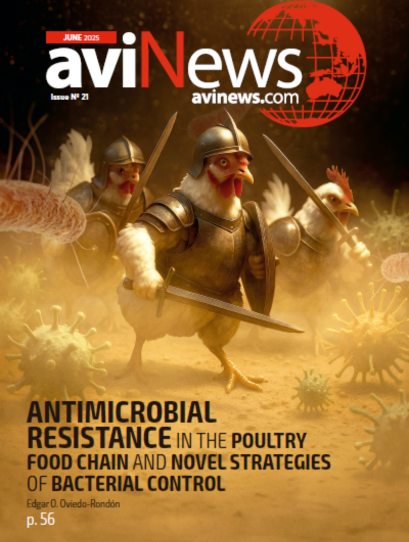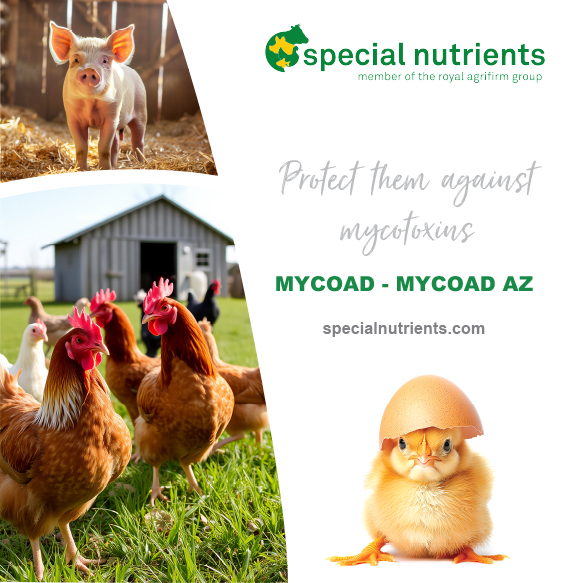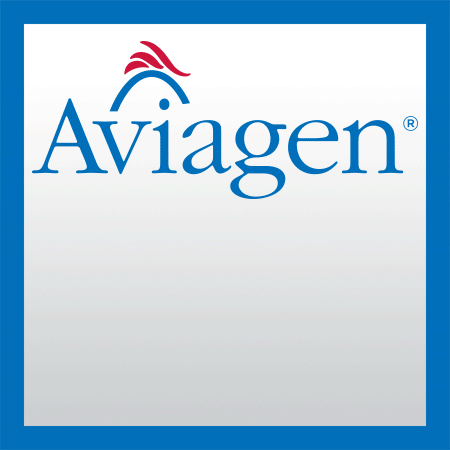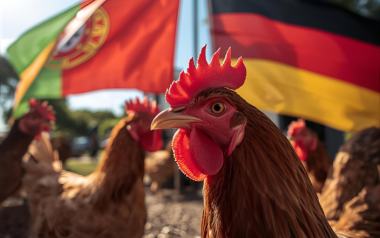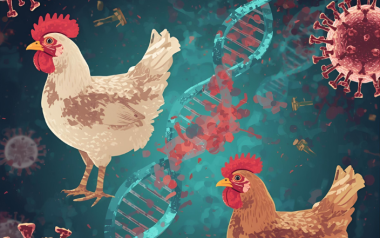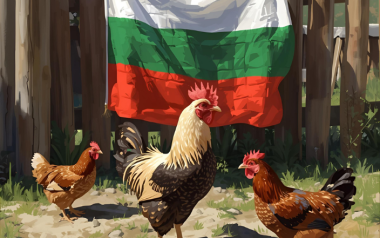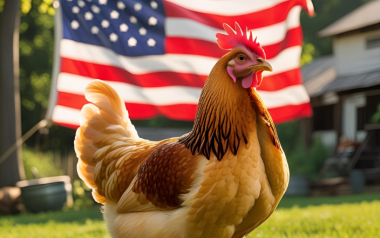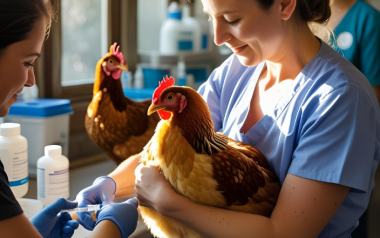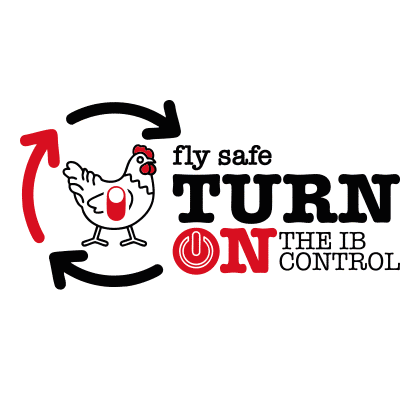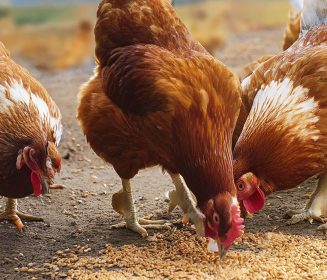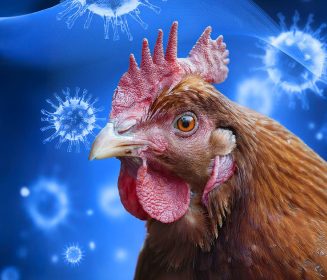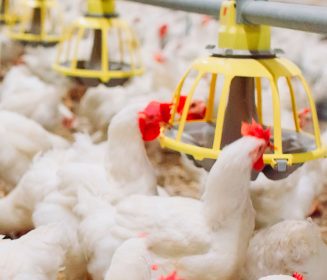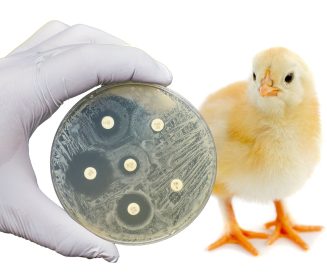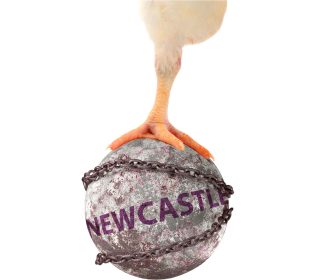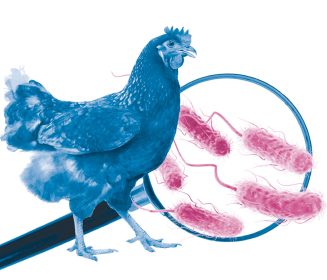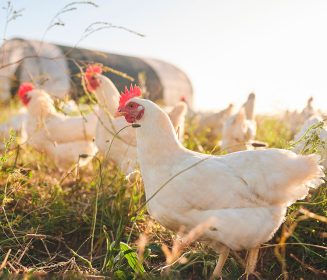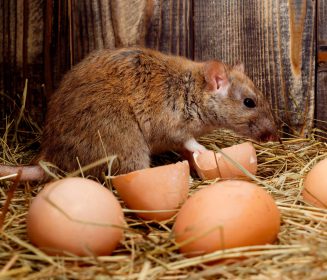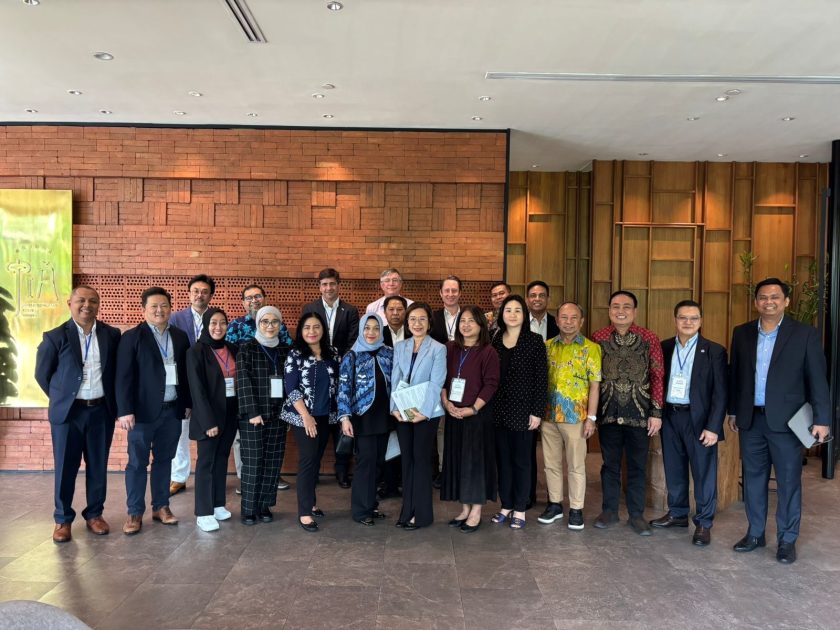
05 Aug 2025
Asia’s animal health policy: AAHA’s visions and achievements
The association wants to ensure that innovation reaches farmers more quickly and supports the region’s food security and economic goals.
Avinews Asia recently interviewed Wendy Wu, President of the Asian Animal Health Association (AAHA). Besides explaining about AAHA’s milestones and mission, she revealed the most pressing issues in Asia’s animal health sector and several cutting-edge technologies they are promoting in the region.
AAHA has been active for the last 20 years. Please elaborate on the group’s milestones in the last two decades?
AAHA, based in Singapore, has served as the regional voice for the animal health industry for over 20 years.
Established as a business membership association in Thailand and later relocated to Singapore, AAHA comprises the seven largest animal health companies in the world: Boehringer Ingelheim, Ceva, Elanco, MSD, Phibro, Virbac, and Zoetis.
AAHA serves as a board member representing Southeast Asia in HealthforAnimals, the global association for animal health.
AAHA’s mission is to promote fair trade, improve market access, and advocate for efficient and science-based regulatory systems. The association works to shape animal health laws, policies, and regulations, collaborating with local stakeholders to ensure a level playing field while facilitating timely access to veterinary innovations.
At the same time, AAHA champions regulatory coherence, standard harmonization, and outreach on emerging technologies, working closely with ASEAN, FAO, WOAH, APEC, and national governments.
Continue after advertising.
Over the last two decades, AAHA has achieved several milestones:
- Regulatory Benchmarking: The 2021 ASEAN Animal Health Regulatory Benchmarking Survey was the first thorough comparison of veterinary regulatory systems in seven ASEAN countries, including Indonesia, highlighting areas for harmonization and reform.
- Market Access and Trade Facilitation: AAHA has led advocacy efforts to reduce registration delays, improve dossier predictability, and promote recognition of international certifications, such as the Free Sale Certificate, which are crucial for smoother product entry across Asian markets.
- Country Working Groups: AAHA’s six country working groups (in India, Indonesia, Malaysia, the Philippines, Thailand, and Vietnam) have allowed AAHA to tackle local challenges in product registration and regulatory bottlenecks.
- Crisis Response: During Indonesia’s 2022 foot-and-mouth disease (FMD) outbreak, AAHA’s members supplied over 41 million vaccine doses, demonstrating the sector’s ability to respond swiftly to transboundary disease threats.
- Sustainability Advocacy: The launch of the AAHA sustainability report, published in 2024, marked a key milestone, integrating animal health with the United Nations Sustainable Development Goals (UN SDGs), climate resilience, and antimicrobial resistance (AMR) mitigation.
In essence, the combination of fair-trade principles, science-based regulations, and trade facilitation has positioned AAHA as a critical bridge between industry and policymakers, ensuring that innovation reaches farmers more quickly and supports the region’s food security and economic goals.
What are the most urgent challenges facing animal health in Asia today, and how can they be effectively addressed?
The most urgent issues in Asia’s animal health sector include:
- Regulatory delays and inefficiencies: Some countries in Southeast Asia still rely on paper-based and sequential review processes for product approvals. Additionally, approval timelines can take about 5-7 years in some countries, partly due to inflexible local trial requirements and a lack of effective digital platforms.
- Lack of recognition for international standards: Certificates such as the Certificate of Pharmaceutical Product (CPP) or Free Sale Certificates (FSC) from reference countries, including the US, EU, or Japan, are often not accepted, leading to duplicated testing and delays.
- Emerging diseases: Transboundary diseases such as FMD, African swine fever (ASF), and highly pathogenic avian influenza (HPAI) remain ongoing threats, requiring strengthened surveillance and response capacity.
- Antimicrobial resistance (AMR): The overuse of antimicrobials, poor biosecurity measures, animal husbandry practices, and limited AMR education for farmers contribute to the growing problem of resistance, endangering both public and animal health.
- Climate change and food security: Increasing temperatures and changing rainfall patterns are impacting animal productivity and disease trends, especially in tropical regions.
To address these, AAHA advocates for:
- Harmonization of regulatory pathways and mutual recognition of international data.
- Digitalization of dossier submission and review systems.
- Stronger public–private partnerships on AMR, disease control, and regulatory reform.
- Investment in climate-adapted animal health solutions, especially for smallholders.
Have trade and regulatory bottlenecks slowed AAHA’s progress? What actions or success stories show how these have been overcome?
Yes, significant bottlenecks persist, especially in regulatory procedures, trade restrictions, and the limited capacity of veterinary authorities.
For example, the requirement for a conformity declaration in Vietnam has long been seen as duplicative, even for registered products. However, in June 2025, following persistent advocacy by the AAHA Vietnam Working Group and other stakeholders, and the openness of the different animal health government agencies to make reforms, amendments to the Law on National Norms and Standards (LNNS) were enacted. This reduced the veterinary conformity declaration requirement, marking a major regulatory breakthrough and establishing a precedent for science-based policy reform.
Similarly, PICS (Pharmaceutical Inspection Co-operation Scheme) alignment has helped Thailand gain international accreditation for manufacturing sites without needing full site reviews. It also introduced a fee-for-service model that accelerates product registration at the Food and Drug Administration while maintaining thorough reviews. AAHA encourages other ASEAN countries to examine and consider adopting this model.
These successes highlight the importance of long-term, country-led advocacy supported by data and mutual trust between industry and regulators.
Which emerging technologies is AAHA promoting across the region?
AAHA and its members are actively engaging in and promoting several cutting-edge technologies, including:
- Autogenous and recombinant vaccines, especially tailored to Asia’s diverse disease landscapes and strains.
- Eco-designed veterinary pharmaceuticals that align with sustainability goals, particularly in water protection and packaging waste reduction.
- Digital health tools, including farm-level diagnostic apps, wearable biosensors, and remote surveillance systems for early disease detection.
- Climate-resilient solutions, such as heat-tolerant livestock medications and temperature-stable vaccines, are essential for tropical climates.
These innovations are not solely about commercial benefit. They play a crucial role in enhancing animal health outcomes and strengthening food system resilience in the face of global health and climate challenges.
What key topics and outcomes emerged from AAHA’s recent stakeholder meeting in Jakarta?
The Jakarta meeting held on 7 July 2025 was a critical moment for AAHA’s engagement in Indonesia.
Key issues discussed included:
- The need to streamline the registration process, reduce redundant local trial requirements, and improve dossier submission processes.
- The absence of digital tools for registration hinders market access and the uptake of innovation.
- The potential to adopt a fee-for-service model, like Thailand’s, to enhance efficiency while upholding strong safety standards.
A key highlight of the meeting was the working lunch with four major local associations: ASOHI, GPMT, GPPU, and PDHI.
This dialogue created a foundation for future collaboration around four shared goals:
- Speeding up market access and registration timelines.
- Strengthening response to transboundary diseases.
- Enhancing the efficiency and capability of regulatory labs.
- Aligning industry efforts with Indonesia’s broader priorities, like food security and climate adaptation.
How can animal health companies become AAHA members, and is membership also available to smaller or regional firms?
Currently, full membership in AAHA is available to multinational companies that are also part of HealthforAnimals, our global partner association. Our seven current members are Boehringer Ingelheim, Ceva, Elanco, MSD, Phibro, Virbac, and Zoetis.
Nevertheless, AAHA’s advocacy approach is highly collaborative. We work closely with national associations in each country to ensure that policies are shaped collaboratively by all stakeholders.
Relevant industry associations interested in engagement are encouraged to visit our website at www.asiananimalhealth.org and contact us at [email protected].
We firmly believe that inclusive advocacy, supported by science and partnerships, is the key to strengthening animal health systems across Asia.

AAHA’s recent meeting with key associations in Jakarta, Indonesia.

